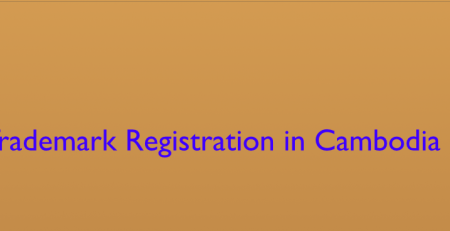Key Findings from the World Intellectual Property Indicators 2021
The World Intellectual Property Organization (WIPO) released a report on worldwide intellectual property (IP) activities in 2020 earlier this week. This paper has some highly fascinating results that give insight into worldwide economic activities and trends, as detailed below.
Global IP Filings Have Increased Significantly
In 2020, there was a significant increase in global filings of all types of intellectual property. The total number of patent applications filed worldwide was 3.3 million (a 1.6 percent rise over 2019), 3 million utility models (a 28 percent increase over 2019), 17.2 million trademark applications (a 14 percent increase over 2019), and 1.4 million industrial designs (2 percent increase over 2019). This is fairly unexpected given that the global outbreak of the COVID-19 pandemic in 2020 coincided with a big decline in economic activity.
The increase in trademark filings, which is directly related to expected economic development, is very important. It stands to reason that brand owners have a favorable global economic outlook and have opted to boost their use of current brands while developing new ones.
Asian countries submitted far more intellectual property rights than any other region of the world, accounting for 69 percent of all intellectual property rights filings worldwide, including 72 percent of all trademarks, 67 percent of all patents, 98 percent of all utility models, and 71 percent of all industrial designs. This is mostly due to the region’s continued and rising economic importance, as well as Asia’s growing understanding of the necessity of intellectual property rights for economic progress.
China’s High Patent Numbers
China, as expected, is the dominant among Asian countries. To begin, China tops the globe in the number of patent applications submitted, with around 1.5 million, accounting for 46 percent of all applications filed internationally. While the majority of these applications are submitted by Chinese, based on the number of applications filed by non-Chinese, China is the second most significant target, behind the United States, for people seeking to patent protect their ideas outside of their own country. In other words, China is the second-largest country in terms of foreign patent filing programs.
In terms of the number of patent applications submitted, the United States ranks second (behind China) with around 600,000 applications (18% of the total), following by Japan (9%) and Korea (3%). (7 percent ). Surprisingly, just 5.5 percent of all applications were submitted through the European Patent Office (EPO). China, the United States, Japan, Korea, and the European Patent Office accounted for 85 percent of all worldwide patent submissions.
China’s position as a significant worldwide participant in the field of intellectual property was also reflected in the submission of PCT (international) applications, with 68,764 of such applications from China. The United States came in second with 58,730 PCT applications, while Japan came in third with 50,559 PCT applications. It is worth noting that three of the top ten PCT application filers are from China, with Huawei being the top filer (5,464 PCT applications), three are from Japan, and only one, Qualcomm, is from the United States as the fifth greatest PCT filer (2,173 PCT applications).
As this articles demonstrates, worldwide IP activity is migrating to Asia, specifically China. This is due to the region’s worldwide economic prominence and the enormous priority put by Asian, particularly Chinese, enterprises on IP as a source of development and success, as shown in local and global protection of their ideas.











